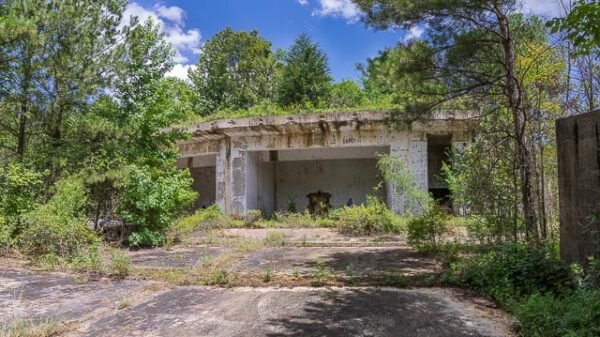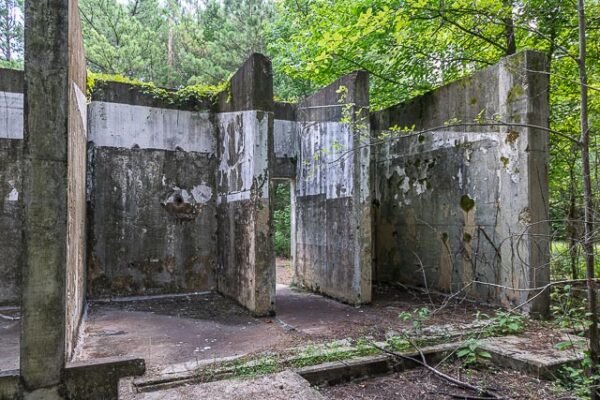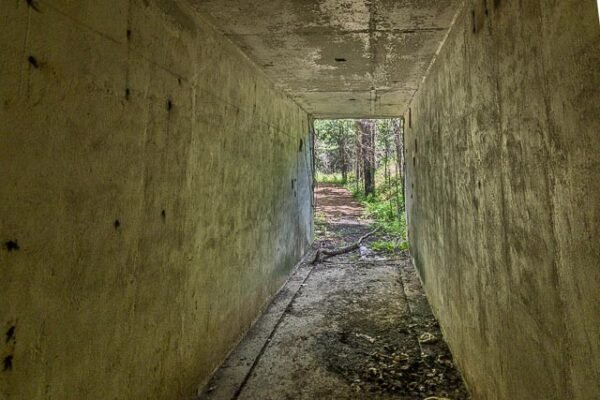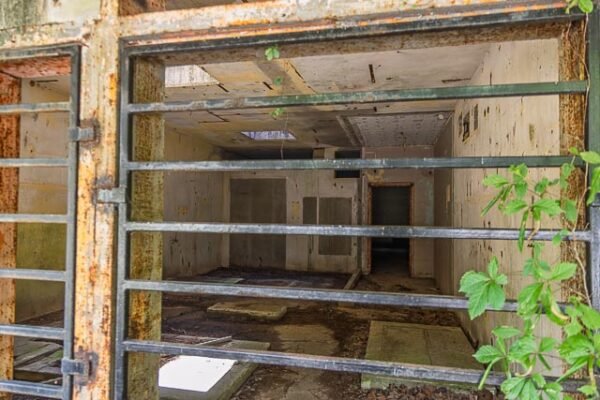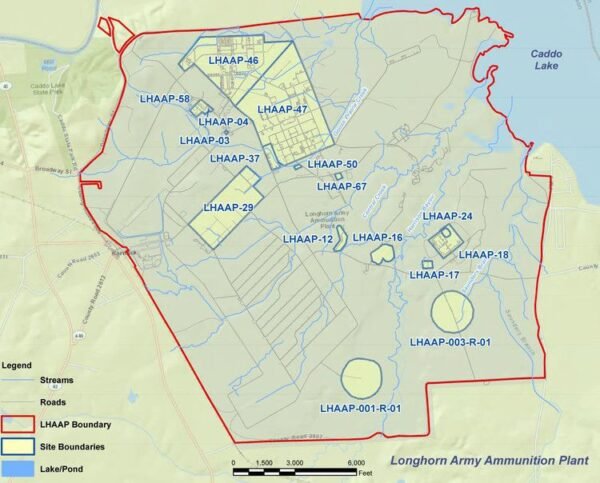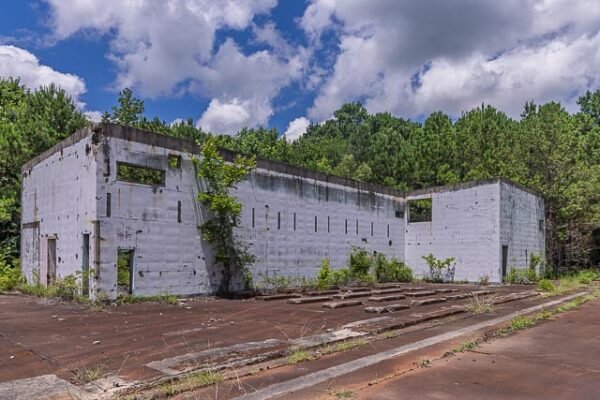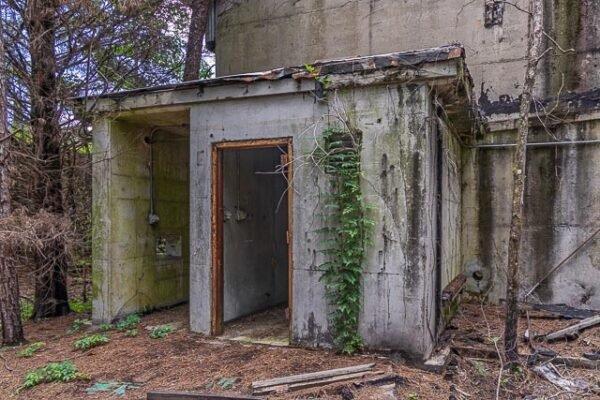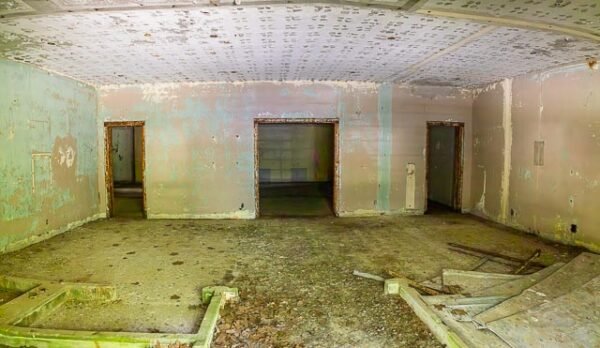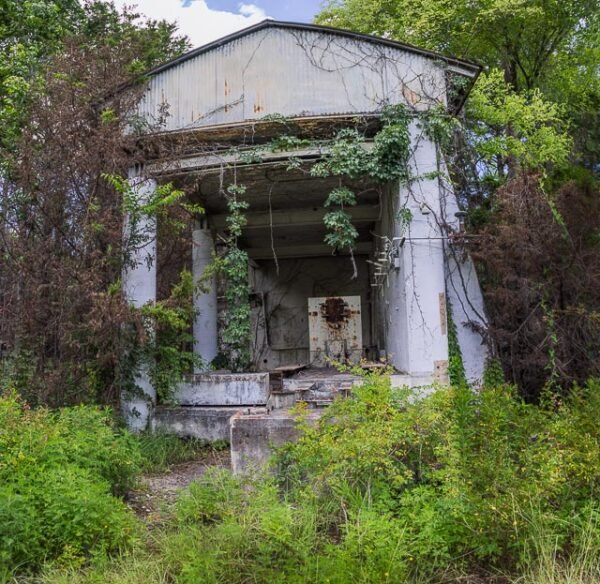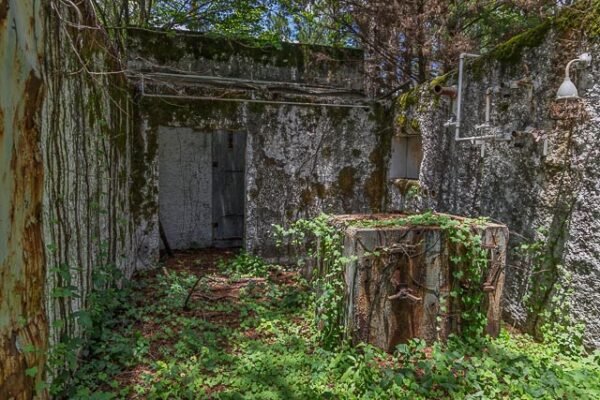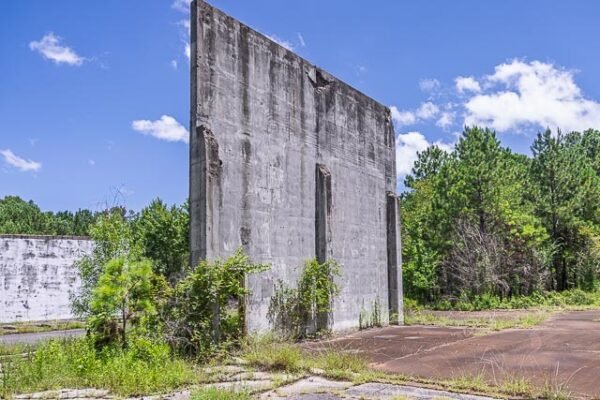Abandoned Longhorn Ammunition Plant
The Longhorn Army Ammunition Plant, located near Karnack, Texas, was a large-scale producer of munitions during World War II and the Cold War. It primarily manufactured TNT, rocket motors, and pyrotechnic items. The plant operated from 1942 to 1997 and was later designated a Superfund site due to contamination. Today, much of the property is part of the Caddo Lake National Wildlife Refuge.
- Historical Significance:
The plant played a crucial role in supplying the US military with explosives during WWII and the Cold War. - Production:
It was a major producer of TNT, especially during WWII, and also manufactured rocket motors and pyrotechnics. - Environmental Concerns:
The plant’s operations led to contamination, prompting its designation as a Superfund site and subsequent cleanup efforts. - Redevelopment:
The site is being remediated, with portions now managed by the US Fish and Wildlife Service as part of the Caddo Lake National Wildlife Refuge. - Current Status:
The Army continues to conduct cleanup activities at the site, with a focus on soil and groundwater. - Community Involvement:
A Restoration Advisory Board (RAB) is involved in the cleanup process, meeting regularly to discuss progress and address community concerns.
In 1941, as the United States prepared for eventual entry into World War II, the U.S. Army Ordnance Department approached Monsanto Chemical Company of St. Louis about operating a local plant for production of explosives. Initially called Longhorn Ordnance Works, the plant produced over 400 million pounds of trinitrotolulene (TNT) on standby status. During the Korean War (1950-53), the need for munitions rose again, and the Universal Match Corporation, also of St. Louis, managed the site, producing propellant fuel.
In 1956, Thiokol Chemical Corporation began manufacturing solid fuel rocket motors here. This highly guarded and classified site grew in a series of five expansions. In 1964, its name changed to The Longhorn Army Ammunition Plant and employment rose to a high of nearly 3,000 personnel. The numbers declined with the end of the Vietnam War and the easing of tensions with the Soviet Union, and employment dropped to less than 1,000 by 1975.
In 1987, The United States and the Soviet Union signed the Treaty of Intermediate Nuclear Forces, beginning the elimination of an entire class of missiles. In 1988, the first destruction on American soil of U.S. Pershing I and II rocket motors occurred at the site. Observed by Soviet and U.S. officials, the demolition project continued until 1991.
In July 1997, the Army liquidated or demolished all facilities at Longhorn Army Ammunition Plant and discontinued use. There are still some remaining ruins of concrete structures throughout the refuge. Longhorn Army Ammunition Plant is located adjacent to the Caddo Lake State Park and Wildlife Management Area and contains one of the highest quality old-growth bottomland hardwood forests in the southeastern United States. The wetlands area along the shore of Caddo Lake is listed as a Ramsar “Wetland of International Significance” and is one of only 17 such designated sites in the United States. In 1998, the U.S. Fish and Wildlife Service (USFWS) expressed an interest in receiving a no-cost transfer of the lands to establish the Caddo Lake National Wildlife Refuge.
Where it is:
The abandoned Longhorn Ammunition Plant is located in the Caddo Lake National Wildlife Refuge in Karnack Texas on the shore of Caddo Lake.
Driving Directions
Caddo Lake National Wildlife Refuge is located northeast of Marshall, Texas Harrison County.
From Dallas (2 and 1/2 hours): take I-20 east to Marshall, Texas, and get on Hwy. 59 North. Go through Marshall to HWY. 43 North; take 43 North. In fifteen minutes or so, you will come up on 449 spur. Take a right on 449 (also a post office sign on Hwy. 43). Follow this for about a mile, and you will come to the intersection of 449 and Hwy. 134. Look for the Karnack Post Office on the right corner and the Karnack Community Center on the opposite left corner. Go straight through the intersection, over the train tracks and you will enter the refuge.
From Shreveport (1/2 to 3/4 hour): Take I-20 West to Waskom, Texas. At David Beard’s Catfish Restaurant, take Hwy. 134 North out of Waskom. Follow Hwy. 134 into Karnack. In Karnack, you will come to the intersection of Hwy. 134 and Spur 449 (T.J. Taylor Avenue). Take a right past the post office and cross the train tracks, and you will enter the refuge.
Maps:
Interactive Google Map
Use the map + – controls to zoom in and out, click and drag the to move the map, use the Map drop-down to change to “Map”, “Satellite”, “Hybrid”, or “Terrain” views. Drag the little man icon from the upper left corner to a map location for street level view.
Cost:
There is no cost to enter the Caddo Lake National Wildlife Refuge. Some areas of the refuge are closed and off limits to the public. There are areas to explore that are not closed, signs clearly indicated what areas you are not allowed to enter.
Links:
Hours:
Abandoned Longhorn Ammunition Plant Photo Gallery
Click Here for full page gallery
More Photographic Destinations in Texas
Interactive Google Map
Use the map + – controls to zoom in and out, use the Map drop-down to change to “Map”, “Satellite”, “Hybrid”, or “Terrain” views. Drag the little man icon from the upper left corner to a map location for street level view. Click on a pushpin for more information about the Photographic Destination, then click on the title to go to the location page.
